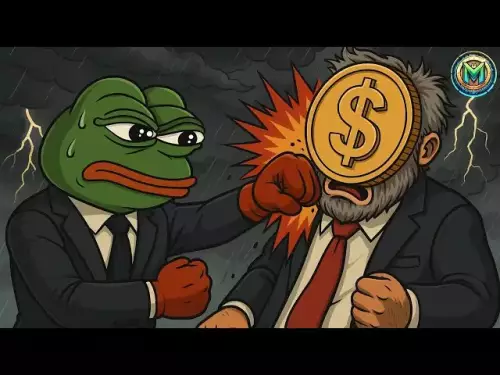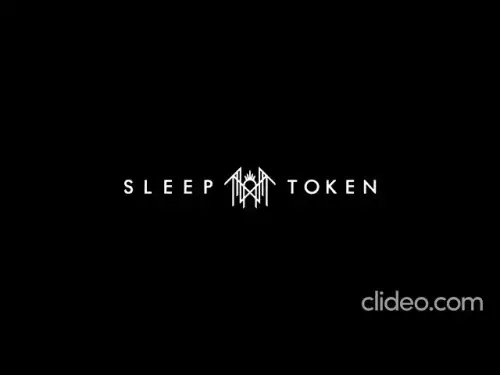-
 Bitcoin
Bitcoin $112200
0.96% -
 Ethereum
Ethereum $4310
0.64% -
 XRP
XRP $2.978
4.28% -
 Tether USDt
Tether USDt $0.9999
-0.02% -
 BNB
BNB $877.9
0.29% -
 Solana
Solana $215.6
6.68% -
 USDC
USDC $0.9997
-0.02% -
 Dogecoin
Dogecoin $0.2387
7.54% -
 TRON
TRON $0.3316
0.73% -
 Cardano
Cardano $0.8633
4.49% -
 Hyperliquid
Hyperliquid $50.46
7.52% -
 Chainlink
Chainlink $23.01
3.82% -
 Ethena USDe
Ethena USDe $1.001
-0.01% -
 Sui
Sui $3.469
2.94% -
 Stellar
Stellar $0.3750
4.79% -
 Bitcoin Cash
Bitcoin Cash $587.2
-2.71% -
 Avalanche
Avalanche $25.48
4.50% -
 Hedera
Hedera $0.2258
3.79% -
 UNUS SED LEO
UNUS SED LEO $9.548
0.05% -
 Litecoin
Litecoin $112.7
-1.24% -
 Cronos
Cronos $0.2527
-2.26% -
 Toncoin
Toncoin $3.098
-0.03% -
 Shiba Inu
Shiba Inu $0.00001287
4.08% -
 Polkadot
Polkadot $4.037
1.46% -
 Uniswap
Uniswap $9.567
3.02% -
 Dai
Dai $0.9997
-0.01% -
 Ethena
Ethena $0.7735
5.26% -
 World Liberty Financial
World Liberty Financial $0.2077
-7.48% -
 Monero
Monero $271.3
0.38% -
 Aave
Aave $302.8
1.35%
How are Binance Futures fees calculated?
Binance Futures charges maker (0.02%) and taker (0.04%) fees, reducible via trading volume, BNB holdings, and referral rebates; fees are calculated on notional value and deducted in settlement currency or BNB.
Aug 13, 2025 at 11:35 am
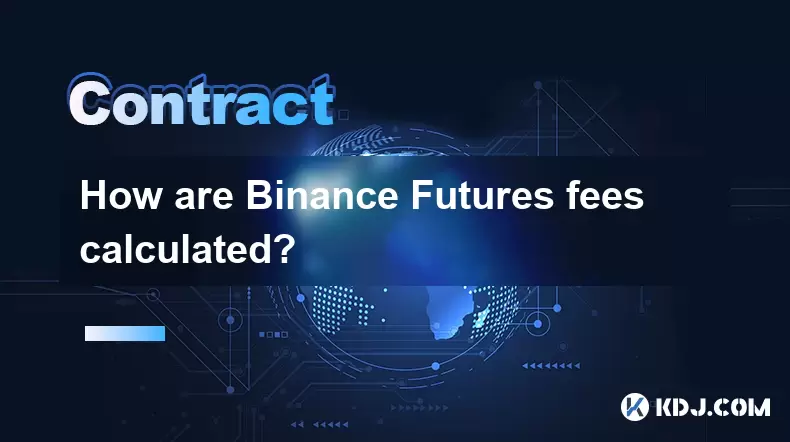
Understanding Binance Futures Fee Structure
Binance Futures operates with a dual fee model involving maker and taker fees, which are applied differently based on the user's role in the market. When placing an order that adds liquidity to the order book, the trader is classified as a maker, and when an order removes liquidity by matching an existing one, the trader is a taker. The distinction is critical because each role incurs different fee rates. For standard users, the taker fee is 0.04% and the maker fee is 0.02% on the USDⓈ-M and COIN-M futures contracts. These rates can be reduced through Binance’s fee tier system, which adjusts fees based on a user’s 30-day trading volume and BNB holdings.
Fee Tier Classification and Reduction Mechanism
Binance determines fee tiers by evaluating two primary metrics: trading volume in the last 30 days and BNB balance held in the user’s futures wallet. Users with higher trading volumes and larger BNB balances qualify for lower fee rates. The fee schedule includes multiple tiers, with the lowest taker fee reaching 0.02% and the lowest maker fee dropping to 0.00% for the highest-tier users. To benefit from reduced fees using BNB, users must enable BNB Fee Discount in their futures account settings and maintain a sufficient BNB balance. The system automatically deducts BNB to cover part or all of the trading fees, depending on the user’s tier and available BNB.
- Ensure BNB is transferred to the futures wallet, not the spot wallet
- Enable 'Use BNB to pay for fees' under Account Settings
- Confirm the current fee tier in the Fee Rate section of the futures dashboard
It is important to note that BNB used for fee discounts is capped per transaction based on the user’s VIP level. Once the cap is reached, the remaining fees are paid in the settlement currency of the contract.
Calculating Fees on USDⓈ-M Futures Contracts
In USDⓈ-M futures, fees are calculated as a percentage of the notional value of the position. The formula used is:Fee = Notional Value × Fee RateThe notional value equals the entry price multiplied by the contract quantity. For example, if a user opens a long position of 1 BTC-PERP contract at $30,000, the notional value is $30,000. If the user is a taker, the fee would be $30,000 × 0.04% = $12. If the user is a maker, the fee would be $30,000 × 0.02% = $6. This calculation applies to both opening and closing positions. Fees are deducted instantly from the user’s wallet at the time of execution.
- Fees are charged in USDT or the quote currency of the contract
- Both opening and closing trades are subject to fees
- Negative balance from fees is not allowed; sufficient margin must be maintained
Users can view the exact fee amount before confirming any trade on the order panel, where Binance displays the estimated maker or taker fee based on the current order type.
Calculating Fees on COIN-M Futures Contracts
COIN-M futures use the underlying cryptocurrency (e.g., BTC, ETH) as the margin and settlement asset. Fee calculation still relies on the notional value, but the fee is paid in the base currency of the contract. For example, on a BTCUSD quarterly contract, if a user opens a 100-contract position at $30,000, the notional value is $3,000,000. With a taker fee of 0.04%, the fee is $3,000,000 × 0.04% = $1,200. Since this is a BTC-denominated contract, the $1,200 is converted into BTC at the current index price. If BTC is valued at $30,000, the fee amounts to 0.04 BTC.
- Fees are deducted from the margin wallet in the base asset
- The conversion uses the index price, not the last traded price
- BNB discount applies only if BNB is available in the futures wallet
This method ensures consistency in fee valuation regardless of short-term price volatility. Users must monitor their base currency balance to avoid liquidation due to insufficient funds for fee deductions.
Funding Rates and Their Impact on Costs
In addition to trading fees, Binance Futures imposes funding fees on perpetual contracts every 8 hours. These fees are exchanged between long and short position holders and are not collected by Binance as revenue. The funding rate is composed of a premium component and an interest component, typically around 0.01% every 8 hours, but it fluctuates based on market conditions. If the funding rate is positive, longs pay shorts; if negative, shorts pay longs.
- Funding fee = Position Notional × Funding Rate
- Charged at 00:00 UTC, 08:00 UTC, and 16:00 UTC
- Only applicable to open perpetual positions at the settlement time
For example, a trader holding a $10,000 long position when the funding rate is 0.01% will pay $1 in funding. This is separate from maker/taker fees and must be accounted for in total trading costs. Users can check the next funding time and rate displayed on the trading interface.
How to Locate and Verify Fees on Binance
To review all incurred fees, users can access the Transaction History section within the Binance Futures interface. This includes a dedicated Fee Record tab listing every fee charged, including trading and funding fees. Each entry shows the date, fee type, asset, and amount. Additionally, the Wallet Balance Change log provides a chronological breakdown of all deductions, including fees.
- Navigate to Futures Dashboard → Account → Transaction History
- Select 'Fee Records' to filter only fee-related entries
- Export data for detailed analysis in CSV format
Users can also enable fee notifications in settings to receive alerts for large deductions. Understanding these records ensures accurate tracking of trading expenses and helps in optimizing fee-tier eligibility.
Frequently Asked Questions
Can I switch between maker and taker status manually?No, the status is determined automatically by the order type. Limit orders that rest on the book qualify as maker orders. Market orders or limit orders that immediately match existing ones are taker orders. You cannot manually choose the status.
What happens if I don’t have enough BNB for the fee discount?If your BNB balance is insufficient, the system will apply the discount only to the extent possible using available BNB. The remaining fee will be charged in the settlement currency of the contract. No transaction will fail due to BNB shortage.
Are fees different for cross and isolated margin modes?No, fee rates are identical regardless of margin mode. The choice between cross and isolated affects liquidation and margin allocation, not the fee structure.
Do referral programs affect futures fees?Yes, users with a valid referral link may receive a rebate on taker fees. The referrer and referee can share a portion of the taker fee, reducing the net cost. This rebate is applied automatically and appears in the rebate history section.
Disclaimer:info@kdj.com
The information provided is not trading advice. kdj.com does not assume any responsibility for any investments made based on the information provided in this article. Cryptocurrencies are highly volatile and it is highly recommended that you invest with caution after thorough research!
If you believe that the content used on this website infringes your copyright, please contact us immediately (info@kdj.com) and we will delete it promptly.
- Household Debt: Peeking into the 2025 Crystal Ball
- 2025-09-09 12:25:15
- Bitcoin Core, Censorship, and the Ordinals Leader: A Showdown Looms?
- 2025-09-09 12:25:15
- Bitcoin, Solana, and Hacks: Navigating the Crypto Minefield, the New York Way
- 2025-09-09 12:30:12
- AI Models, Bitcoin Trend, and the September Shock: What's the Deal?
- 2025-09-09 12:30:12
- Metaplanet's Bitcoin Bet: Tokyo Firm Doubles Down Amid Market Swings
- 2025-09-09 12:35:12
- Bitcoin Price, Whale Buys & MAGACOIN: What's the Deal?
- 2025-09-09 10:25:13
Related knowledge

How to learn smart contract development?
Sep 09,2025 at 02:18am
Understanding the Foundation of Smart Contracts1. Smart contract development begins with a solid understanding of what smart contracts are—self-execut...
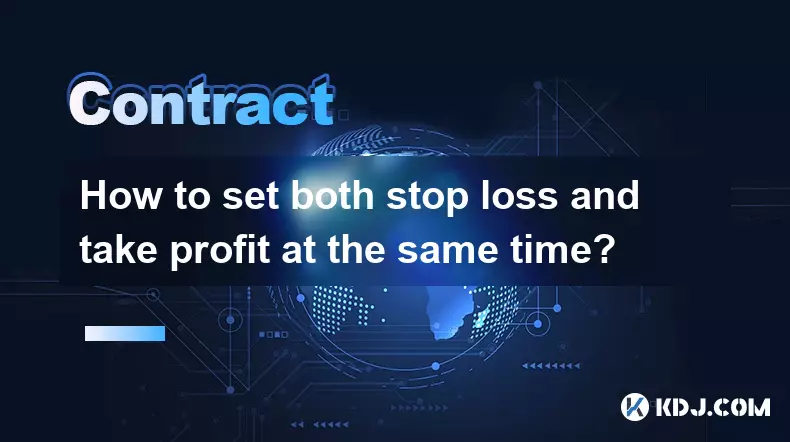
How to set both stop loss and take profit at the same time?
Sep 06,2025 at 04:36pm
Understanding Simultaneous Stop Loss and Take Profit Orders1. Placing both stop loss and take profit orders at the same time is a standard practice in...

What is copy trading for crypto futures?
Sep 07,2025 at 02:00am
What Is Copy Trading in Crypto Futures?1. Copy trading in crypto futures allows investors to automatically replicate the trades of experienced traders...
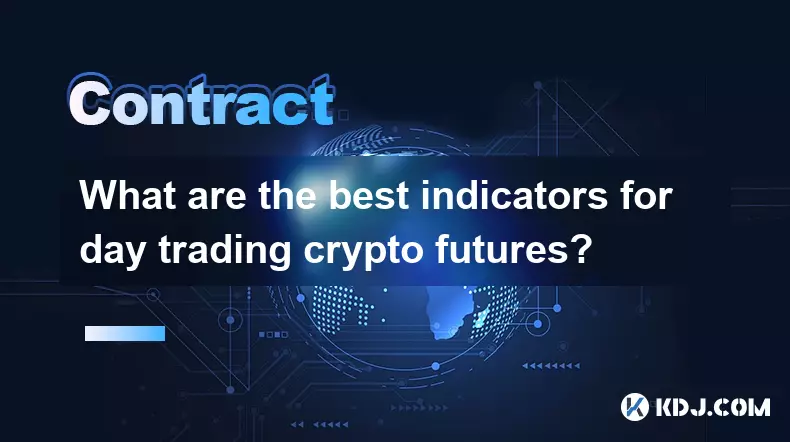
What are the best indicators for day trading crypto futures?
Sep 08,2025 at 10:18am
Top Technical Indicators for Crypto Futures Day Trading1. The Relative Strength Index (RSI) is widely used to identify overbought or oversold conditio...
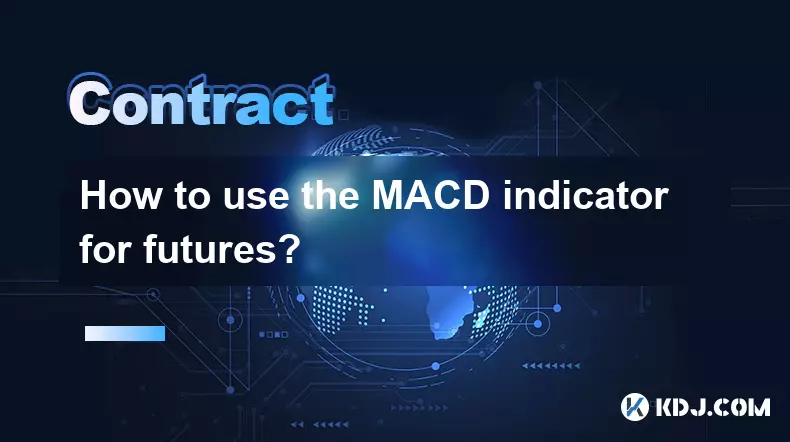
How to use the MACD indicator for futures?
Sep 07,2025 at 09:00pm
Understanding the MACD Indicator in Futures Trading1. The MACD (Moving Average Convergence Divergence) indicator is a momentum oscillator widely used ...

What to do if you are about to be liquidated?
Sep 06,2025 at 01:00am
Understanding Liquidation in the Crypto Market1. Liquidation occurs when a trader’s margin balance falls below the required maintenance margin, forcin...

How to learn smart contract development?
Sep 09,2025 at 02:18am
Understanding the Foundation of Smart Contracts1. Smart contract development begins with a solid understanding of what smart contracts are—self-execut...

How to set both stop loss and take profit at the same time?
Sep 06,2025 at 04:36pm
Understanding Simultaneous Stop Loss and Take Profit Orders1. Placing both stop loss and take profit orders at the same time is a standard practice in...

What is copy trading for crypto futures?
Sep 07,2025 at 02:00am
What Is Copy Trading in Crypto Futures?1. Copy trading in crypto futures allows investors to automatically replicate the trades of experienced traders...

What are the best indicators for day trading crypto futures?
Sep 08,2025 at 10:18am
Top Technical Indicators for Crypto Futures Day Trading1. The Relative Strength Index (RSI) is widely used to identify overbought or oversold conditio...

How to use the MACD indicator for futures?
Sep 07,2025 at 09:00pm
Understanding the MACD Indicator in Futures Trading1. The MACD (Moving Average Convergence Divergence) indicator is a momentum oscillator widely used ...

What to do if you are about to be liquidated?
Sep 06,2025 at 01:00am
Understanding Liquidation in the Crypto Market1. Liquidation occurs when a trader’s margin balance falls below the required maintenance margin, forcin...
See all articles
























